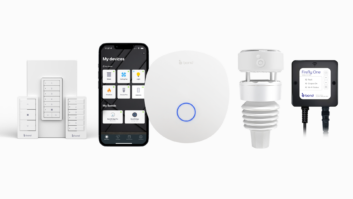Washington — Wireless carriers are shedding low-income subscribers who get government-subsidized cellular service now that the Federal Communications Commission (FCC) has tightened the rules to reduce waste, fraud and abuse.
In January 2012, the FCC reformed the Lifeline subsidy program to require Lifeline customers to certify eligibility with carriers every year. Subscribers had to recertify by Dec, 31, 2012, and carriers were required to report the results to the FCC by Jan. 31, 2013.
In analyzing the reports, the FCC found that 33 percent of the Lifeline subscribers of six major carriers — or 3.3 million subscribers — did not recertify.
“As many as 4 million subscribers may be de-enrolled as a result of the 2012 annual recertification requirement, saving over $400 million in 2013 in payments for ineligible subscriptions,” the FCC said.
Other regulatory changes that have already taken place have already reduced Lifeline subscriber roles, the FCC said. Carriers, for example, were required starting last June to obtain proof of income eligibility from new subscribers.
As a result, August 2012 disbursements under the program dropped by almost $40 million, the FCC said. Clarifying that Lifeline subscriptions are limited to one per household, and scrubbing subscriber roles of duplicates, eliminated 1.1 million duplicate subscriptions, which will result in $128 million in annualized savings, the commission said. The FCC is developing a database to automatically check for duplicate subscriptions.
Last week, Sprint forecast that its subscriber base would shrink in the first half of this year, in part because of the new Lifeline regulations. Other reasons include the carrier turning off its 2G Nextel network and elevated churn resulting from network disruptions as the company improves the Sprint CDMA/LTE network.













